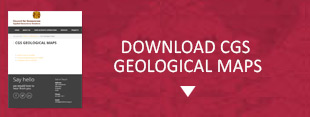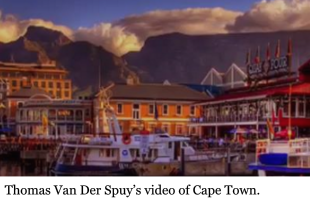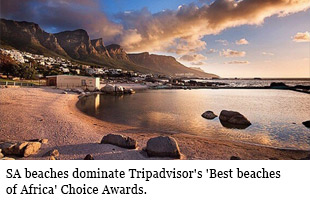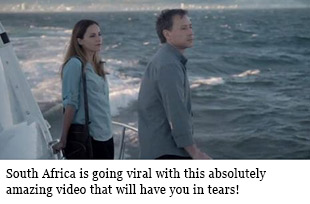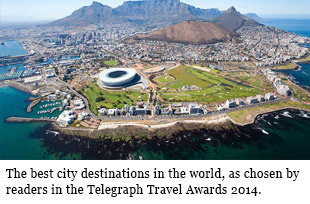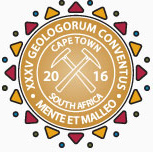
35TH INTERNATIONAL GEOLOGICAL CONGRESS
27 AUGUST - 4 SEPTEMBER 2016 | CAPE TOWN, SOUTH AFRICA
Sponsors
Keystone Sponsor
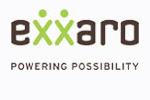

Diamond Sponsor


Gold Sponsor


Silver Sponsor



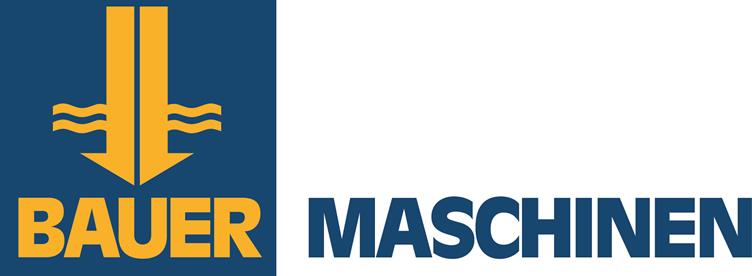




Business Centre Sponsor


Publication Sponsor




Social Function


Plenary Speaker Sponsor


Speaker Gift Sponsor


Post Graduate Fund


Registration


Welcome Drinks


Lunch Time Drinks
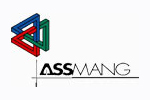

Publication &
35 IGC SAGPGF
35 IGC SAGPGF

35 IGC SAGPGF




MY IGC APP


Symposium Sponsor

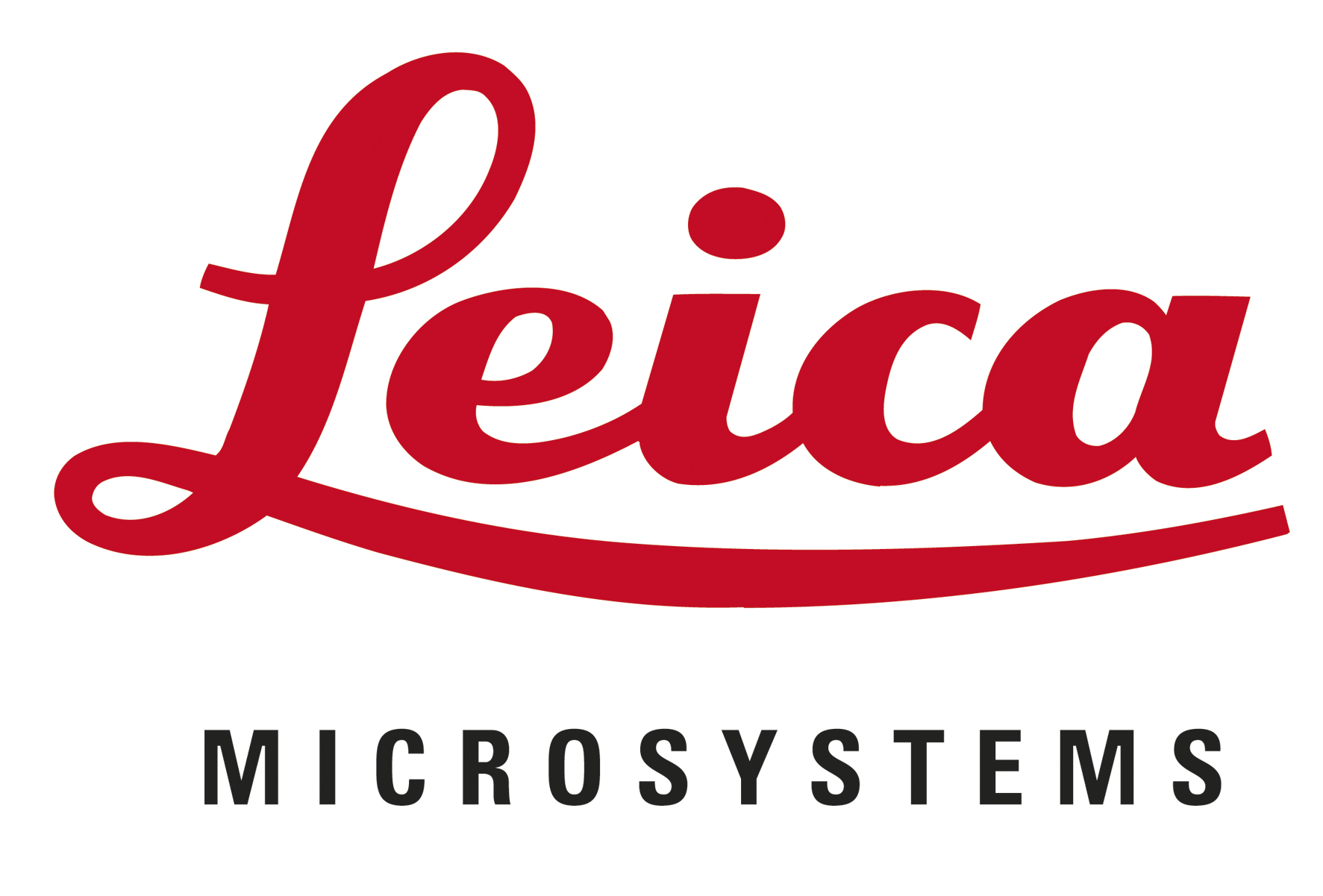


Audit Sponsor
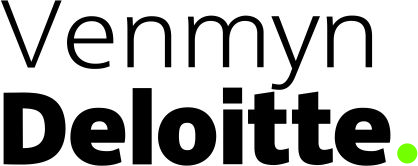

35TH INTERNATIONAL GEOLOGICAL CONGRESS
27 AUGUST - 4 SEPTEMBER 2016 | CAPE TOWN, SOUTH AFRICA
My IGC
Symposium Details
| Title | Description | Convenors |
|---|---|---|
| Coastal tectonics and sea level change | The change of the sea level is due to variation in the volume of water in the oceans or, alternatively, a change in the shape of oceans basins. In several cases, the sea level variation can be observed due to the coastal tectonic activity. This kind of isostatic change takes place only in areas with crustal deformation (i.e., with subsidence or uplift) and sometimes after large earthquakes or a volcanic activity. The sea or lake shorelines may be raised or lowered suddenly and relatively to the regional water level by coastal tectonics. In many active geological domains, observations with measurements and isotopic dating of Quaternary marine terraces provide some constraints on the long-term tectonic activity. Uplift or subsidence rate that may reach 1 to 10 mm/yr can be compared and corrected with respect to the sea level fluctuations. In this session, we seek contributions covering the field of coastal tectonics and sea level change using paleoclimatic, geological, geomorphological, archaeological, historical and instrumental data. A particular interest will be devoted to new methods that include total station, LIDAR and remote sensing measurements, isotopic dating and modeling of coastal deposits and deformation. Young researchers are particularly encouraged to present their results and discuss the latest advances and progress in this issue. | Said Maouche, Christophe Morhange and Stathis Stiros |
 Field trips
Field trips  Sponsorship & expo
Sponsorship & expo  Registration
Registration Tours
Tours  Promotion
Promotion 

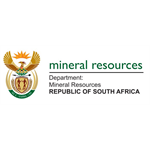












 Conference Programme
Conference Programme  Field trips
Field trips  Sponsorship & expo
Sponsorship & expo  Volunteer
Volunteer  GeoHost
GeoHost  Registration
Registration Tours
Tours  Promotion
Promotion  Publications
Publications


